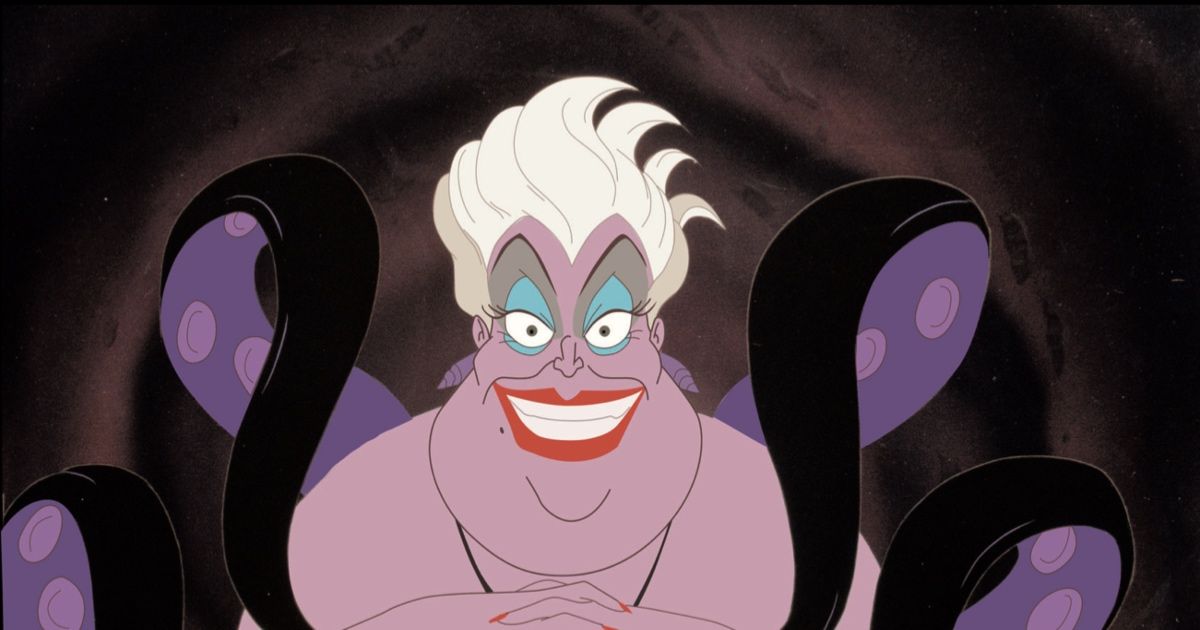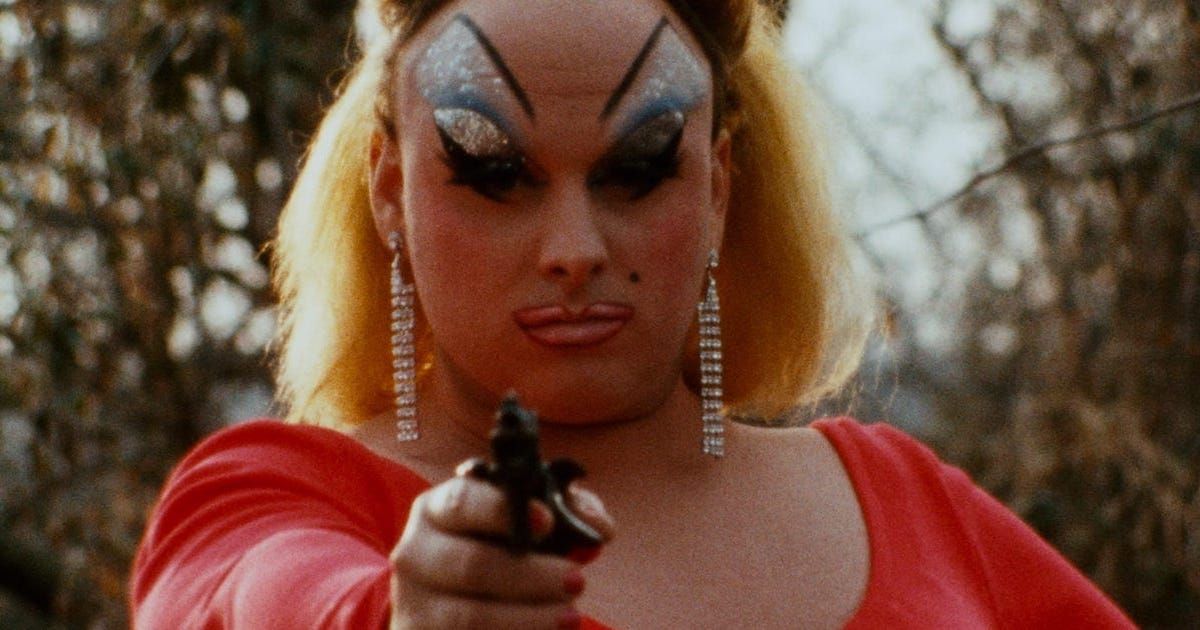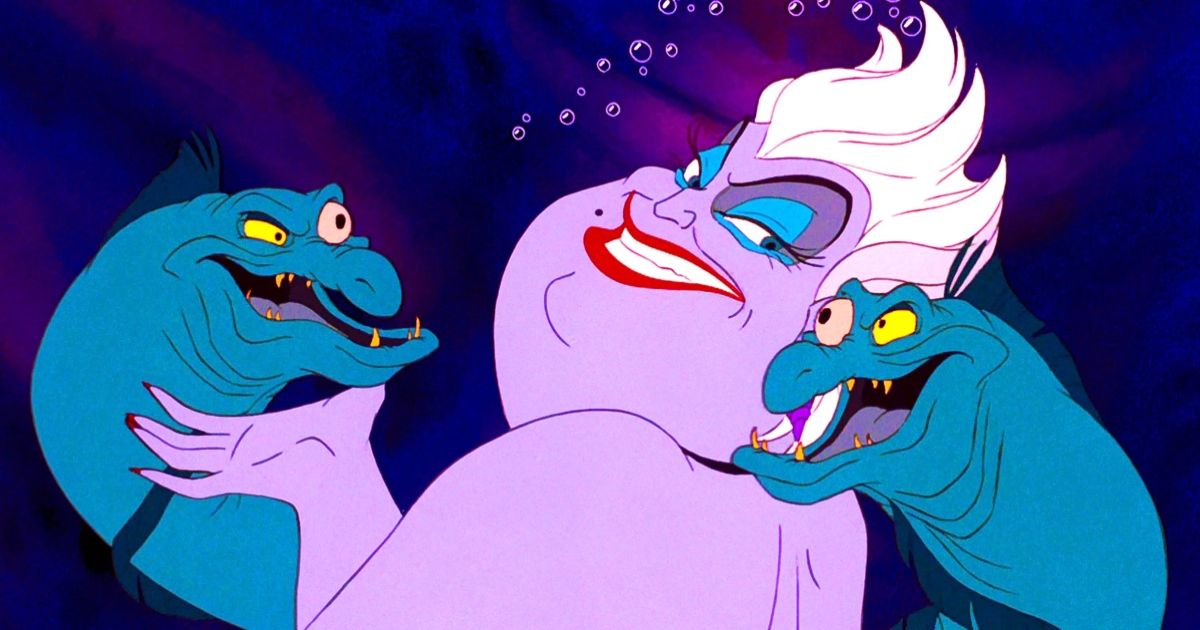The original — animated — version of Disney’s The Little Mermaid was released in 1989. It was written and directed by Disney veterans Ron Clements and John Musker — who also worked on Hercules and Aladdin — and based on the story by Hans Christian Andersen. The voice cast included Jodi Benson as Ariel, Samuel E. Wright as Sebastian, and Pat Carroll as Ursula. Now, we have a live-action adaptation of the story, with Halle Bailey in the starring role. In this adaptation, Ursula is played by Melissa McCarthy.
If you need a refresher on the plot, it follows Ariel, a mermaid, who dreams of walking on land and being around humans. On a forbidden visit to the water’s surface, one human in particular catches her eye, Prince Eric, so she makes a deal with Ursula the witch to become human for three days. Of course, this plan doesn’t quite go as she imagines, as risky deals with sea witches never do. It’s a beloved story, as with all Disney classics, but even if you’ve seen it several times, what you might not know is that Ursula is based on the legendary drag queen Divine. Here’s how that came about and who Divine is.
Who Is Divine?
Harris Glenn Milstead was a performer whose stage name was Divine. He was a multi-hyphenate who acted, sang, and performed drag. Born in 1945, in Baltimore, Milstead soon met the legendary filmmaker John Waters, who lived on the same street as him. After graduating from high school, he worked as a hairdresser, and it was this that sparked his interest in drag. It was Waters who gave Divine the name and tagline, "the most beautiful woman in the world...almost." Divine became Waters' muse, and the two quickly began making movies together.
These early projects were key in the development of Divine's iconic image. He would exaggerate the size of his forehead by shaving his hairline further back, which also made room for larger eye makeup. Divine's sharp and unmistakable makeup look was created by the artist Van Smith, another frequent collaborator with John Waters. He told NPR that the intention behind his appearance was to be "the exact opposite of what normally would be beautiful." Waters and Divine's first collaborations were the short films Eat Your Makeup and Roman Candles. The former follows a nanny who kidnaps girls and makes them model in front of an audience in which one member, Divine, imagines she is Jackie Kennedy reliving the JFK assassination. The latter is an assortment of seemingly random clips with a soundtrack made of radio adverts, music, and press conferences. These two early works provide a great example of the absurdity and breadth of Waters and Divine's collaborations.
Later, Divine would continue to exaggerate his appearance, separating himself from the majority of drag queens who tended to be focused on recreating traditional beauty standards at the time. With Waters' Female Trouble, released in 1974, Divine became an even more popular cult figure and started to do more work in theaters and clubs, performing as an actor and singer. In 1988, Waters and Divine's final collaboration, Hairspray, was released and found instant camp classic status. Sadly, Divine suffered a heart attack shortly after and passed away. His influence remains alive and well in the world of drag and cinema, which can be seen in movies like The Little Mermaid.
Why Was Ursula Based on Divine?
So, how did a counter-cultural figure like Divine end up inspiring even a small part of a Disney movie when most of which uphold the status quo? The link between Divine and Disney, it seems, is a man named Howard Ashman. Also from Baltimore, Ashman was the playwright responsible for Little Shop of Horrors; Disney hired him off the back of its theatrical success. He worked as a producer and songwriter on The Little Mermaid. As another gay man from Baltimore, Ashman was connected to Divine culturally, understanding his crude humor and exaggerated exploration of womanhood and beauty.
When Ashman joined the production team for The Little Mermaid, the team had already begun working on sketches for Ursula. When the animator, Rob Minkoff, came up with a sketch that looked a lot like Divine, Ashman was inspired. The original design was slightly different: for example, she had a shark tail in place of her tentacles, but with a few tweaks she would become the Ursula we know today. It's not just her appearance that was influenced by Divine, but her personality and diction too. Ashman coached Pat Carroll in her performances as Ursula, and there is even an early demo recording of him singing "Poor Unfortunate Souls." Once you know about Divine's influence on the characterization and appearance of Ursula, it's hard to unsee it. Ashman's connection to, and appreciation of, Divine is especially clear in his own performance as Ursula.
Although Divine died before being able to perform the role himself or even see the movie, his influence is loud and clear. Divine's brashness and audacity created room for Ashman to express himself in new ways. His sister, Sarah Ashman Gillespie, tells Hazlitt that through writing for Ursula, Ashman "could let himself go and let the nasty out." The fact that Divine's magical vulgarity made it as far as Disney is an incredible feat and The Little Mermaid is forever tied to LGBTQ+ history as a result.



